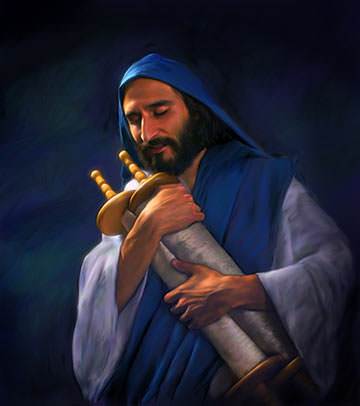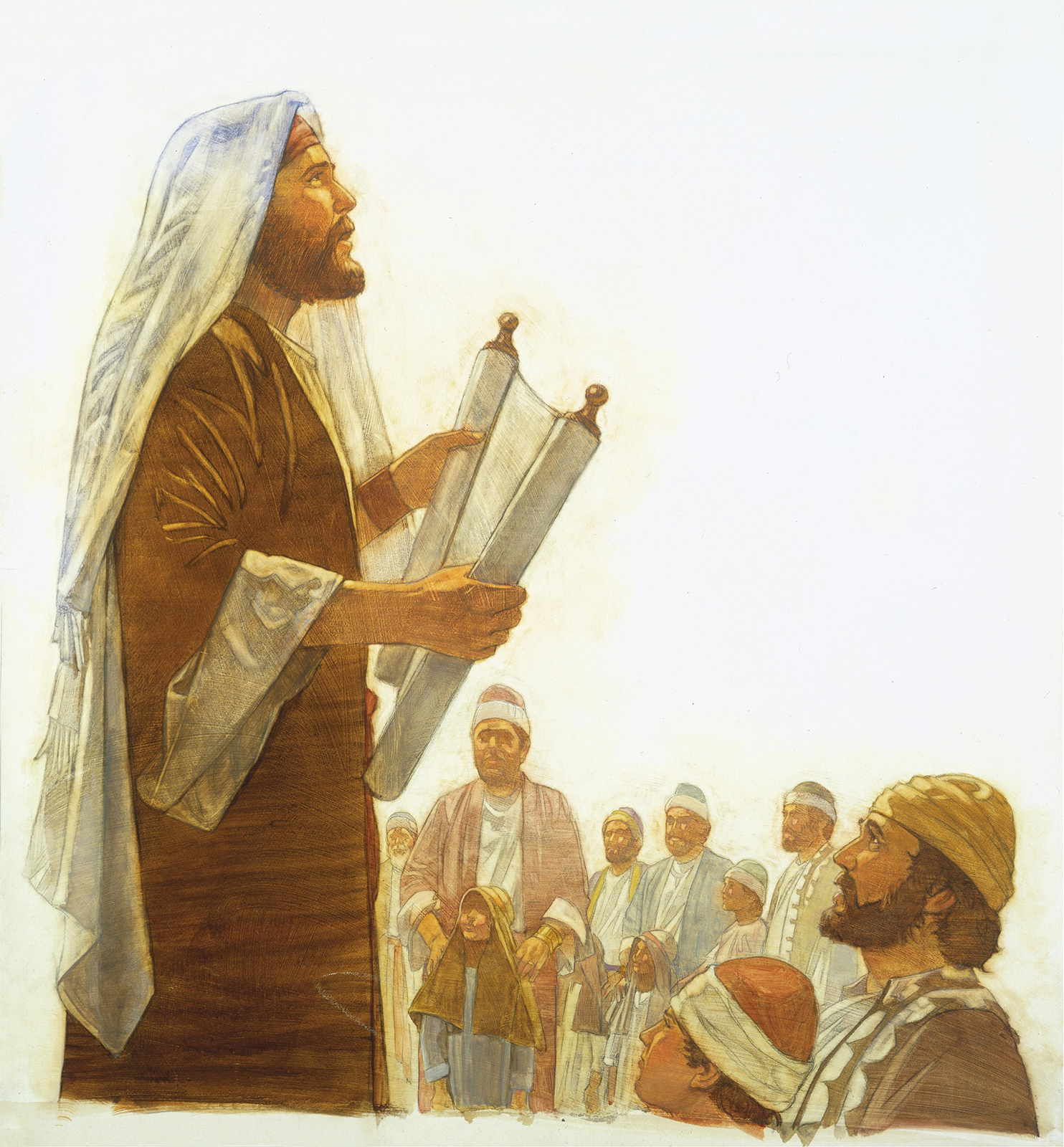

Contrariwise, Josephus does not appear to recognise Ezra-Nehemiah as a biblical book, does not quote from it, and relies entirely on other traditions in his account of the deeds of Nehemiah. Josephus's account of the deeds of Ezra derives entirely from 1 Esdras, which he cites as the 'Book of Ezra' in his numeration of the Hebrew bible. He uses the name Xerxes for Artaxerxes I reserving the name Artaxerxes for the later Artaxerxes II whom he identifies as the Ahasuerus of Esther, thus placing Ezra before the events of the book of Esther. The first-century Jewish historian Josephus deals with Ezra in his Antiquities of the Jews. Scholars are divided on whether it is based on Ezra–Nehemiah, or reflects an earlier literary stage before the combination of Ezra and Nehemiah accounts. In later Second Temple period literature 1 Esdras ġ Esdras, probably from the late 2nd/early 1st centuries BCE, preserves a Greek text of Ezra and a part of Nehemiah distinctly different from that of Ezra–Nehemiah – in particular it eliminates Nehemiah from the story and gives some of his deeds to Ezra, as well as telling events in a different order. Once this task was completed Nehemiah had Ezra read the Law of Moses (the Torah) to the assembled Israelites, and the people and priests entered into a covenant to keep the law and separate themselves from all other peoples. Some years later Artaxerxes sent Nehemiah (a Jewish noble in his personal service) to Jerusalem as governor with the task of rebuilding the city walls. He tore his garments in despair and confessed the sins of Israel before God, then braved the opposition of some of his own countrymen to purify the community by enforcing the dissolution of the sinful marriages. Ezra led a large body of exiles back to Jerusalem, where he discovered that Jewish men had been marrying non-Jewish women. 457 BCE), the king sent him to Jerusalem to teach the laws of God to any who did not know them. Ezra was living in Babylon when in the seventh year of Artaxerxes I, king of Persia (c. A few parts of the Book of Ezra (4:8 to 6:18 and 7:12–26) were written in Aramaic, and the majority in Hebrew, Ezra himself being skilled in both languages. Modern Hebrew Bibles call the two books Ezra and Nehemiah, as do other modern Bible translations. In late medieval Christian bibles, the single book was divided in two, as First and Second Ezra and this division became Jewish practice in the first printed Hebrew bibles. The book of Ezra–Nehemiah was always written as one scroll. The canonical Book of Ezra and Book of Nehemiah are the oldest sources for the activity of Ezra, whereas many of the other books ascribed to Ezra (First Esdras, 3–6 Ezra) are later literary works dependent on the canonical books of Ezra and Nehemiah. 2 In later Second Temple period literature.Įzra, known as "Ezra the scribe" in Chazalic literature, is a highly respected figure in Judaism. He was described as exhorting the Israelite people to be sure to follow the Torah Law so as not to intermarry with people of particular different religions, a set of commandments described in the Pentateuch. The Book of Ezra describes how he led a group of Judean exiles living in Babylon to their home city of Jerusalem where he is said to have enforced observance of the Torah. In the Greek Septuagint the name is rendered Ésdrās ( Ἔσδρας), from which the Latin name Esdras comes.

His name may be an abbreviation of עזריהו Azaryahu, " Yah helps". One tradition says that he is buried in al-Uzayr near Basra (Iraq), while another tradition alleges that he is buried in Tadif near Aleppo, in northern Syria. Several traditions have developed over his place of burial. Rabbinic tradition holds that he was an ordinary member of the priesthood. According to 1 Esdras, a Greek translation of the Book of Ezra still in use in Eastern Orthodoxy, he was also a High Priest. He returned from Babylonian exile and reintroduced the Torah in Jerusalem. According to the Hebrew Bible he was a descendant of Sraya, the last High Priest to serve in the First Temple, and a close relative of Joshua, the first High Priest of the Second Temple. In Greco- Latin Ezra is called Esdras ( Greek: Ἔσδρας).

480–440 BCE), also called Ezra the Scribe ( עֶזְרָא הַסּוֹפֵר, ʿEzrāʾ hasSōfēr) and Ezra the Priest in the Book of Ezra, was a Jewish scribe ( sofer) and priest ( kohen). Ezra Reads the Law to the People, one of Gustave Doré's illustrations for La Grande Bible de ToursĮzra ( / ˈ ɛ z r ə/ Hebrew: עֶזְרָא, ʿEzrāʾ fl.


 0 kommentar(er)
0 kommentar(er)
